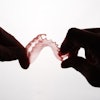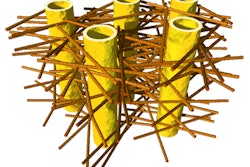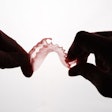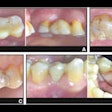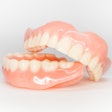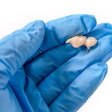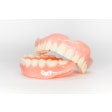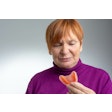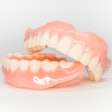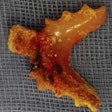Researchers from the Otto-Schott-Institute for Glass Chemistry have developed a novel glass ceramic for dentistry that they believe is suitable for dentures and other restorative applications (Journal of Biomedical Materials Research, November 21, 2011).
Currently, available ceramic materials are not very suitable for bridges, as their strengths are mostly not high enough, according to the study authors.
"What the natural tooth enamel has to endure also goes for dentures, inlays, or bridges," stated Dr. Christian Rüssel, head of the institute, in a press release.
So he and his colleagues developed a new kind of glass ceramic with a nanocrystalline structure, which seems to be well-suited for use in dentistry due to its high strength and optical characteristics.
Glass ceramics on the basis of magnesium oxide, aluminium oxide, and silicon oxide are distinguished by their enormous strength, the researchers noted.
"We achieved a strength five times higher than with comparable denture ceramics available today," Dr. Rüssel said.
To achieve these characteristics, the glass ceramics are melted at about 1,500° C, then cooled down and finely cut up. Then the glass is melted again and cooled again. Finally, nanocrystals are generated by controlled heating to about 1,000° C.
"This procedure determines the crystallization crucial for the strength of the product," Dr. Rüssel explained.
Material that is too crystallized disperses the light and becomes opaque, he added. The secret of the Jena glass ceramic lies in its consistence of nanocrystals: about 100 nanometers in general.
"They are too small to strongly disperse light and therefore the ceramic looks translucent, like a natural tooth," Dr. Rüssel said.

